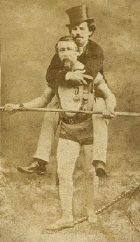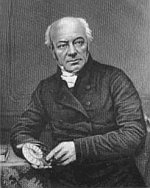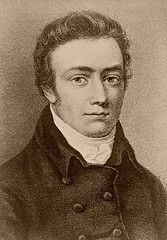In 1699, weary and discouraged at the poor sales of his new almanac, Francis Moore set to work on creating the next number.
“What shall I put in for June 4?” his assistant asked.
“Oh, cold and snow!” Moore said irritably.
Remarkably, snow actually fell on June 4. Sales of Old Moore’s Almanack bounded into the thousands, and it’s still being published three centuries later.





